It’s-a-me, Mario!
In 1985, a little Italian plumber became the face of video games, and changed the way we play them.
“Super Mario Bros.” saw the main characters in the game, Mario and Luigi, jump around the Mushroom Kingdom, collect coins and rush to save a princess from Bowser, a villainous turtle. The content was a far cry from the simplistic gameplay of Snake or Pac-Man, where the aim was to eat and stay alive.
As the franchise celebrates its 35th anniversary September 13, CNN Business spoke to four Nintendo developers who have worked for decades on the Super Mario Bros franchise about how the company grew what is arguably gaming’s most successful franchise, estimated to have made several billion dollars. Nintendo did not comment on sales.
Mario originated as a carpenter in the 1981 arcade game “Donkey Kong,” which was advanced for its time, with retro soundeffects as Mario traversed challenging platforms to save Pauline. Princess Peach (who was called Princess Toadstool in the early US version in keeping with the theme of toads) first appeared in “Super Mario Bros.” four years later.
At the time, video games were usually created by computer engineers, as opposed to today’s artists,Shigeru Miyamoto, game designer and producer of the “Super Mario Bros.” and “Donkey Kong,” told CNN Business.
“I was trying to use the technology available at the time to produce a distinctive-looking character from a small number of pixels, and that resulted in Mario,” said Miyamoto in comments translated from Japanese.
As to why this Japanese engineer and artist picked a 26-year-old Italian-American plumber from New York as the protagonist, Miyamoto said, “We wanted him to be someone who might live near you, and not a superhero.”
The game’s popularity really took off in 1985 when “Super Mario Bros” was released. By then Mario had morphed into a plumber for New York City’s sewers. Miyamoto said just like manga artists of his generation who populate their comics with the same characters, he put Mario in many different games.
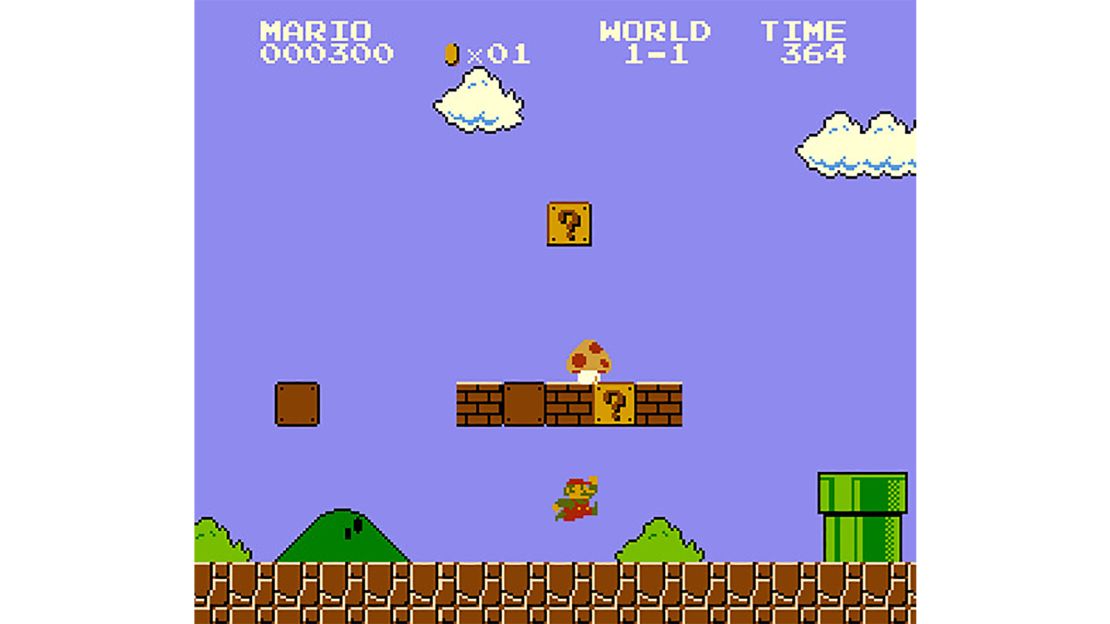
“People had never seen a game like Super Mario Bros,” said Frank Cifaldi, co-director of the Video Game History Foundation, “Super Mario Bros., despite having the same constraints as its peers, manages to convey an epic adventure in a massive world. Day turns to night as you progress. You cross bridges into new lands.”
Super Mario Bros. changed the way we play video games — from merely aiming for a high score in the arcade to playing a game to experience an adventure and see it through to its ending, he said.
To celebrate Super Mario’s 35th anniversary, in early September Nintendo unveiled a Mario-centered games that will launch in coming months. The new titles tap into Mario nostalgia with revamped classic titles while experimenting with newer form factors like augmented reality and a line of real-life toys.
If Mario was really a 35-year-old man, and not the 26-year-old he’ll remain forever in the game, his creator Miyamoto would encourage him to keep “living in a way that’s true to yourself is more enjoyable than being in competition with others.”
“You’ll be keeping plenty busy, so don’t forget to work out and keep your mustache well groomed,” he said.
Each new Mario game has become more sophisticated as video game technology advances. In 1996’s “Super Mario 64,” for example, the little man made it into 3D for the first time, challenging players to stomp on enemies in a three-dimensional space. Subsequent installments sent Mario into outer space and gave fans ways to design their own game levels.
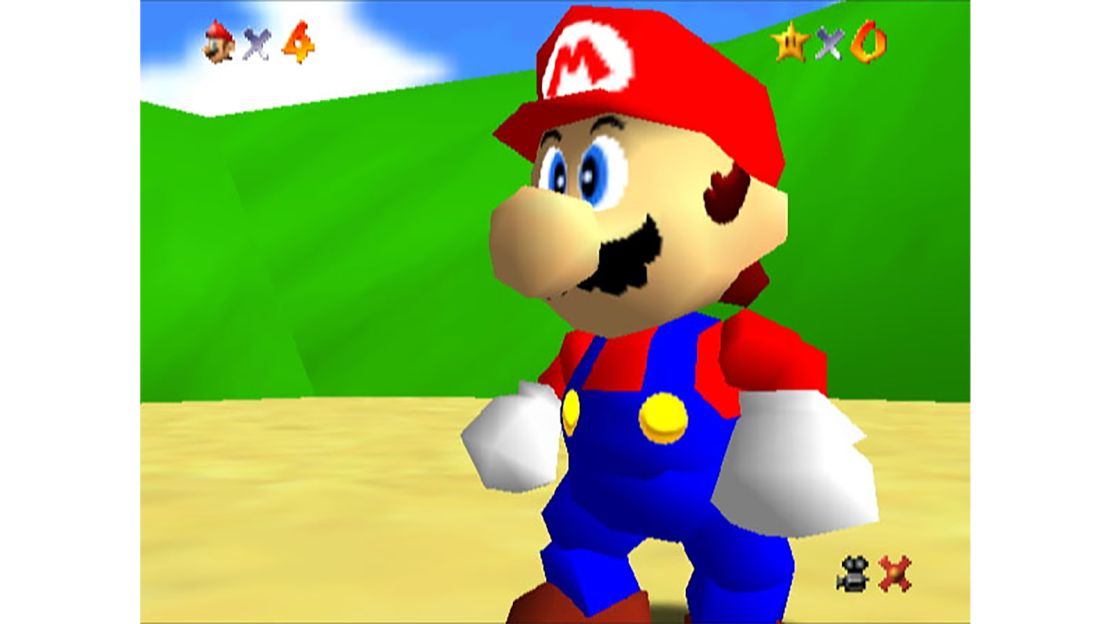
On September 18, Nintendo is also releasing “Super Mario 3D All-Stars,” a compilation of three of the more modern games in the franchise: “Super Mario 64,” “Super Mario Sunshine” and “Super Mario Galaxy,” with graphics enhanced for the Switch console. Nintendo is producing these as a limited run, and the game will be available until March 31.
“I hope that people who played these games before will play them again, like I’m doing. It not only brings back some nostalgic memories, but it may allow them to find there are plenty of fun things they haven’t yet discovered,” said Kenta Motokura, who directed “Super Mario Odyssey” and produced “Super Mario 3D All-Stars.”
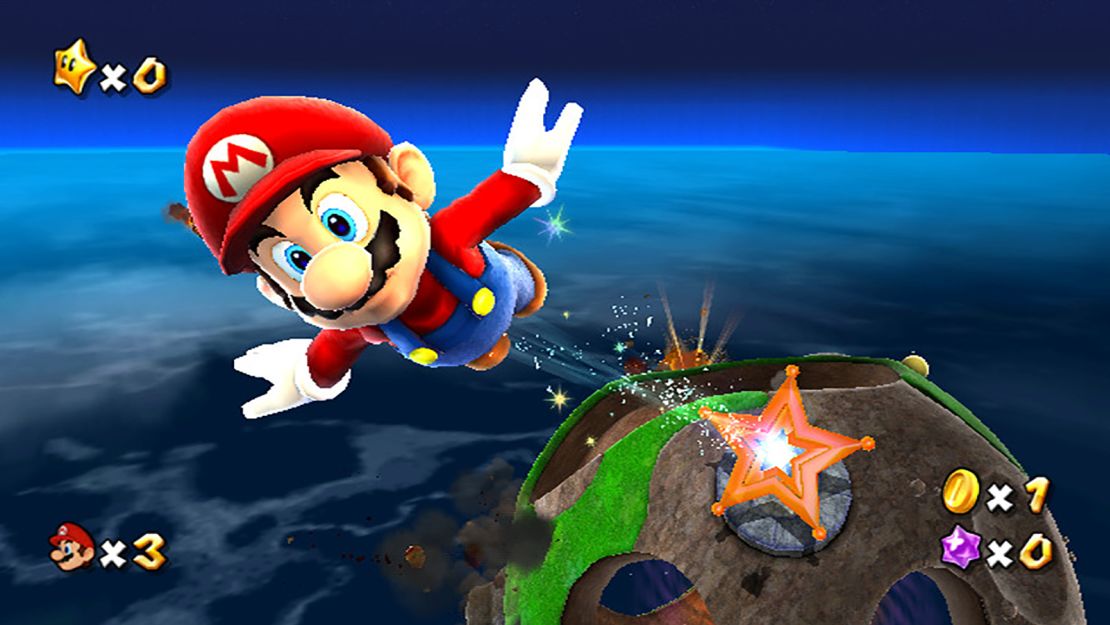
Over the course of 35 years, Mario evolved from an 8-bit carpenter in “Donkey Kong” to a high-resolution plumber in 2017’s “Super Mario Odyssey” who rides motorcycles and transforms himself into his enemies with the toss of his cap.
“No matter what worlds he takes on, Mario remains Mario. Maybe this is strange but I find that fact very comforting,” said Yoshiaki Koizumi, who produced “Super Mario 3D Land” and “Super Mario 3D World,” among others.
Mario has also expanded into theme parks, including a Super Mario World in Japan and one in Hollywood that’s still under construction — part of a strategy to give gamers different interactive experiences, said Miyamoto.
Nintendo is also releasing “Super Mario Bros. 35,” available between October 1 and March 31.
Even with its recurring characters, Nintendo strives to make the contents of each game different and new, Motokura said.
It also has to be action-packed, said Takashi Tezuka, director and producer of 2D Super Mario games. “Basically anything goes if the game is fun.”
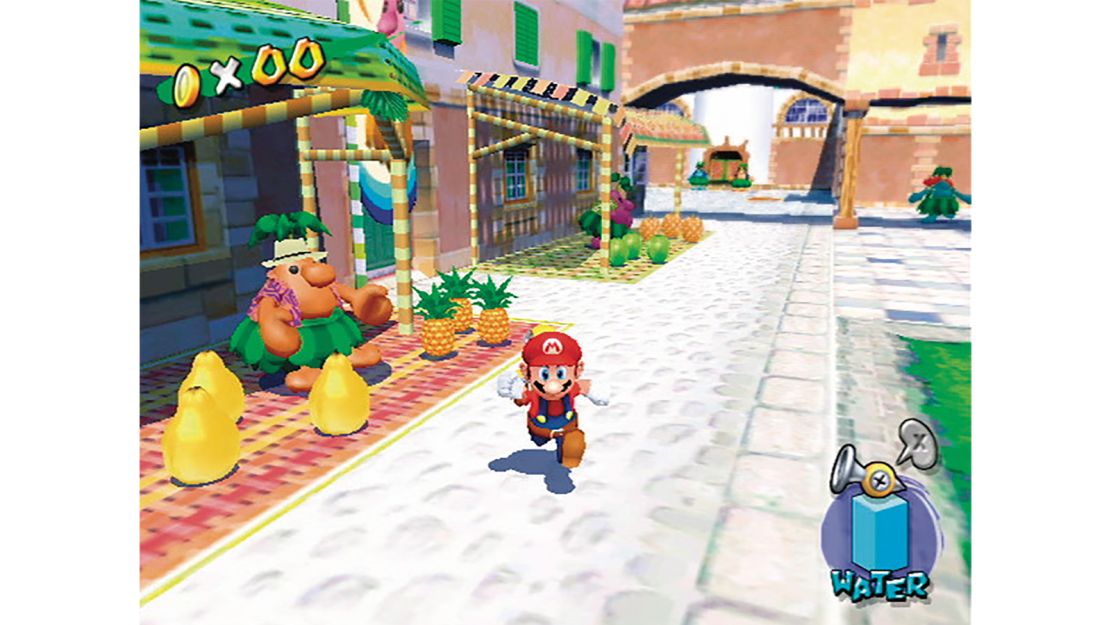
The developers are careful to stay to true to the brand though, by thinking about its history and future, he said.
Nintendo’s success would have been harder to achieve had it not been for the decline of Atari in the mid-80s, which struggled to find successful games after the more primitive Pong and Pac-Man.
That was a serious setback to American video game manufacturing, said Laine Nooney, assistant professor and historian of video games at New York University. “This gave Nintendo the opportunity to reframe what video games were. Importantly, they weren’t computers — they were toys. And there was no game more playful than Nintendo’s ‘Super Mario Bros.’”
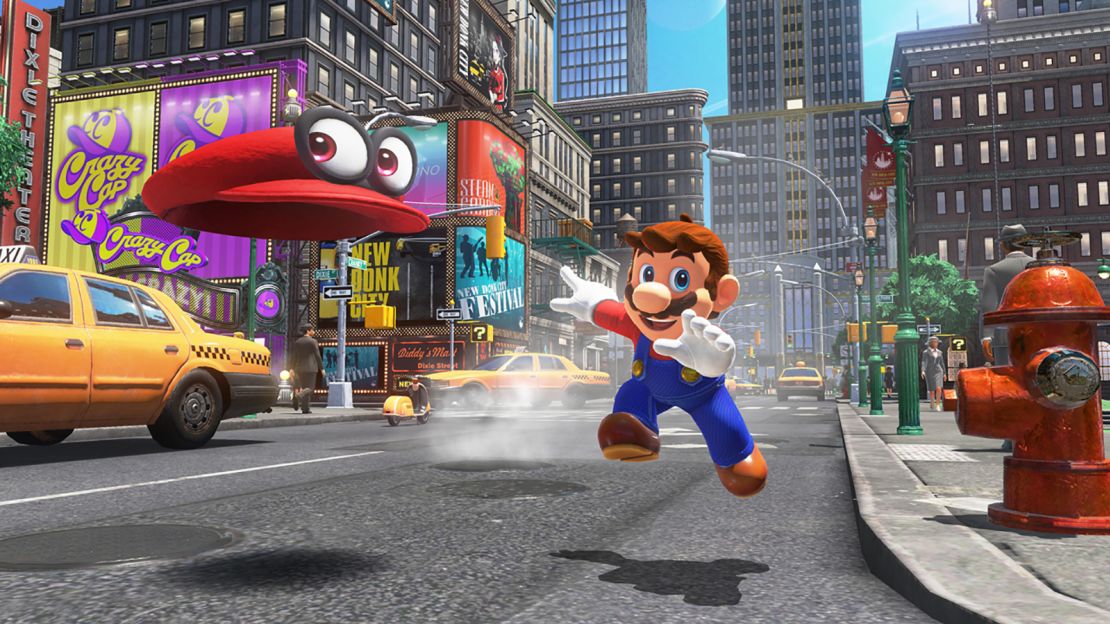
And as Nintendo adapts to the rise of mobile games, Mario has made his way to smartphones. Games like Super Mario Run and Dr. Mario World take advantage of simple controls and distribution across Apple and Google’s app stores.
“For all the critics that may say video games are full of violence and bloodshed, the mustachioed Mario remains the most globally identifiable face of the video game industry,” said Nooney.
Correction: An earlier version of this story incorrectly identified the name of the character Mario tries to rescue in "Donkey Kong." Her name is Pauline.























